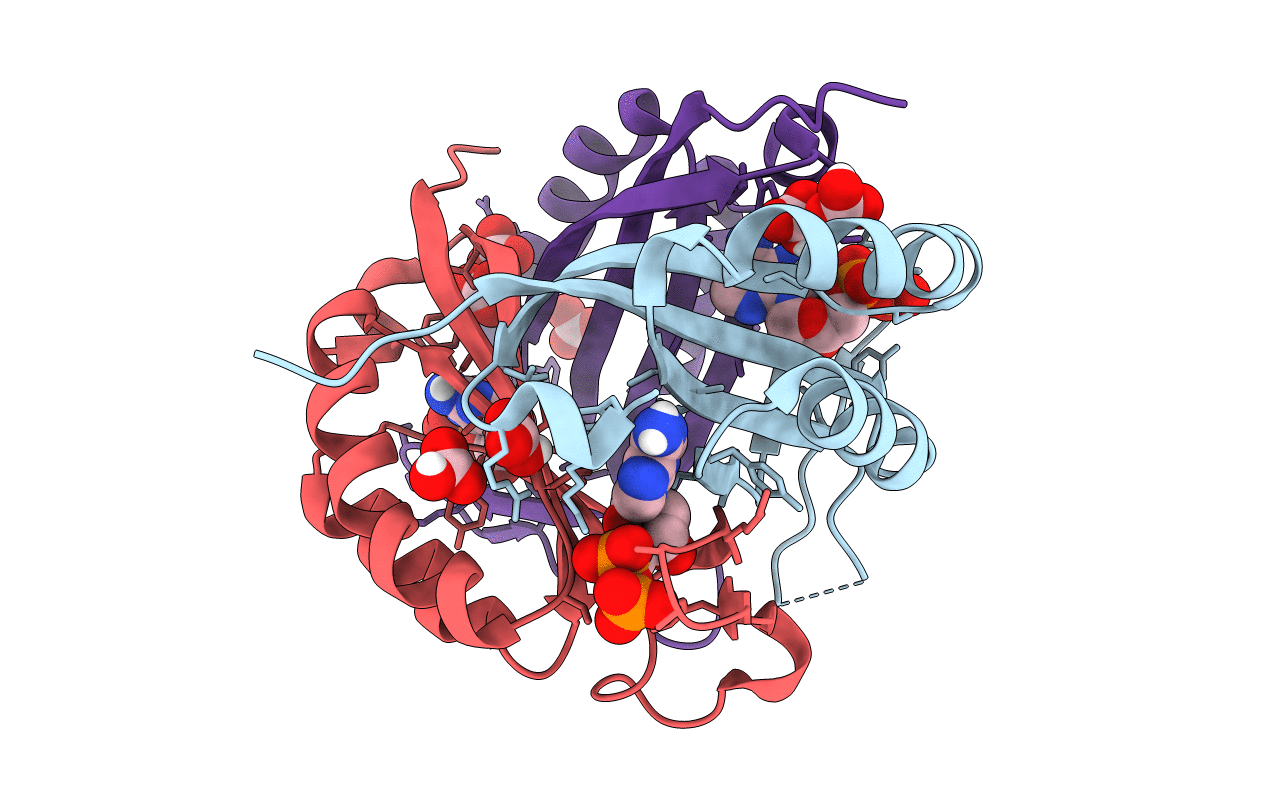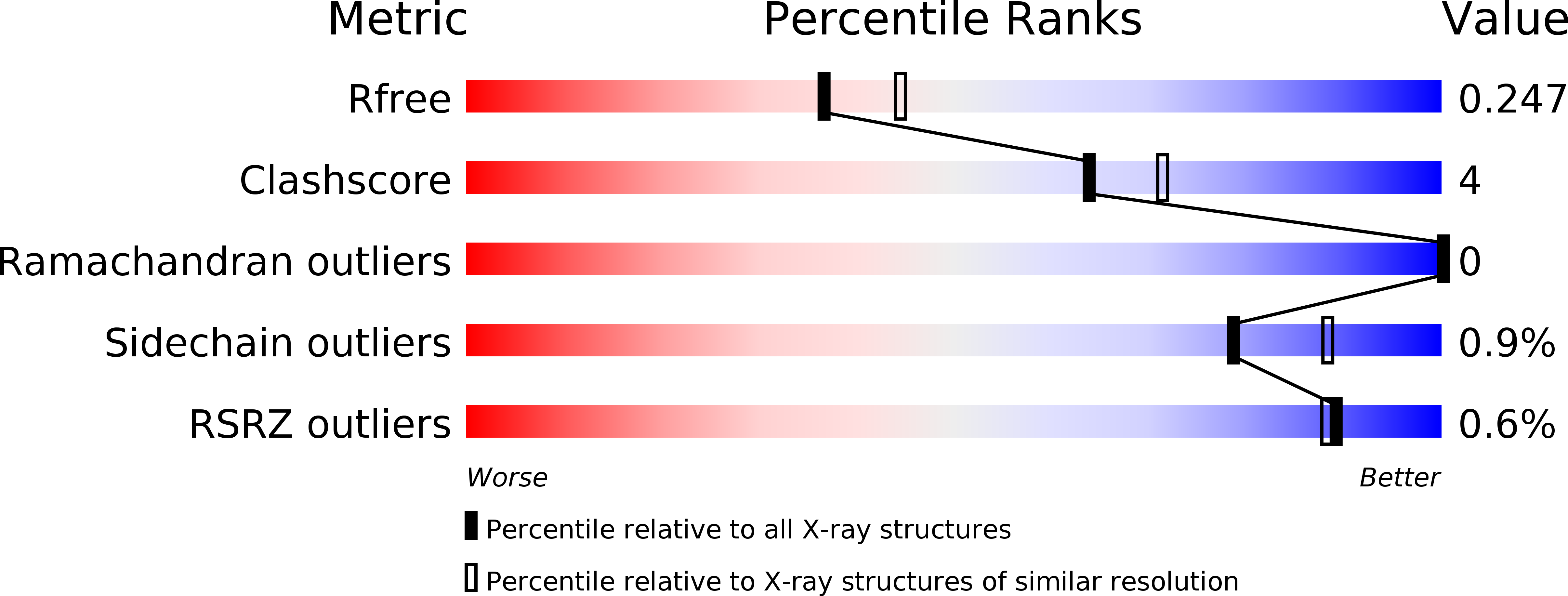
Deposition Date
2015-08-08
Release Date
2016-09-28
Last Version Date
2023-09-27
Entry Detail
PDB ID:
5D4P
Keywords:
Title:
Structure of CPII bound to ADP and bicarbonate, from Thiomonas intermedia K12
Biological Source:
Source Organism:
Host Organism:
Method Details:
Experimental Method:
Resolution:
2.20 Å
R-Value Free:
0.24
R-Value Work:
0.19
R-Value Observed:
0.19
Space Group:
P 21 21 21


